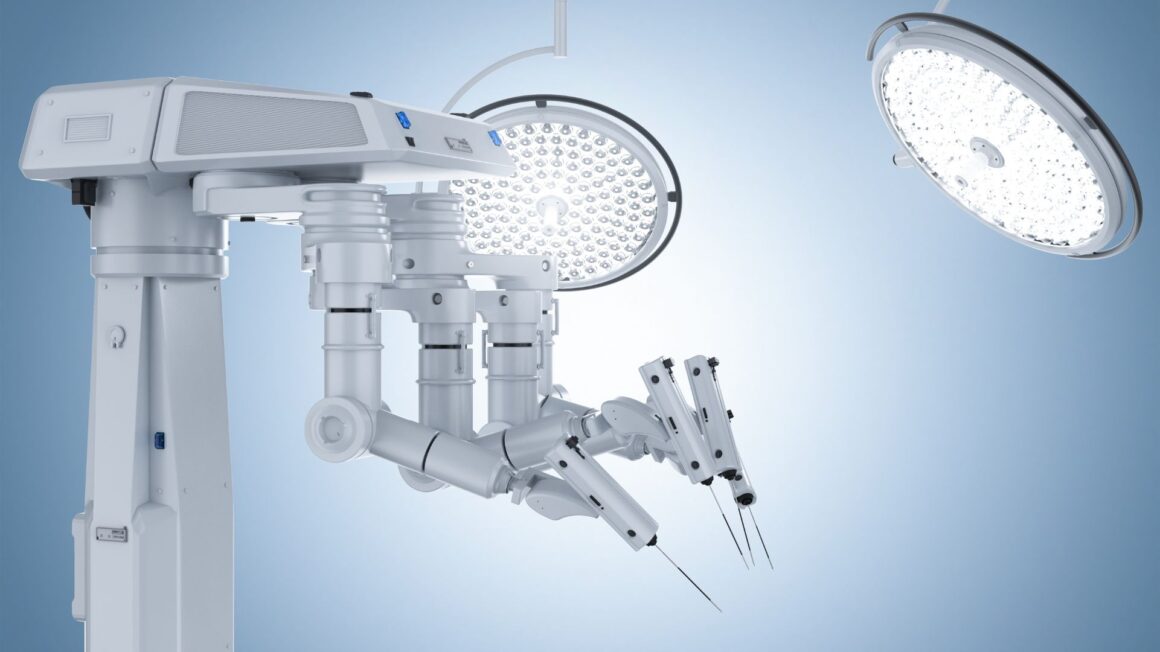Advanced Laparoscopic Surgery
Advanced laparoscopic surgery, also known as minimally invasive surgery, represents a significant evolution in surgical techniques, offering a less invasive alternative to traditional open surgery. This approach utilizes small incisions and specialized instruments, including a laparoscope—a thin tube with a high-intensity light and a high-resolution camera at the front—to perform complex surgeries with enhanced precision and visualization.
Applications of Advanced Laparoscopic Surgery
The scope of advanced laparoscopic surgery spans various medical fields, including gastroenterology, gynecology, urology, and general surgery. In gastroenterology, it’s used for procedures like cholecystectomy (gallbladder removal), appendectomy, hernia repairs, and surgeries on the stomach, intestines, liver, and pancreas. In gynecology, laparoscopy is pivotal for treating conditions such as endometriosis, fibroids, and ovarian cysts. Urological applications include prostatectomy and nephrectomy, among others.
Benefits Over Traditional Surgery
The key advantages of advanced laparoscopic surgery include:
- Reduced Pain and Discomfort: Smaller incisions result in less postoperative pain and reduce the need for pain medication.
- Shorter Hospital Stay: Patients can often go home sooner than with open surgery.
- Faster Recovery: The minimally invasive nature of the procedure allows patients to return to their normal activities more quickly.
- Lower Risk of Infection: Smaller incisions decrease the risk of postoperative infections.
- Less Scarring: Smaller incisions lead to less noticeable scars.
Challenges and Considerations
While advanced laparoscopic surgery offers many benefits, it also presents unique challenges, such as the need for specialized training and expertise. The technique requires surgeons to operate with instruments indirectly, guided by the video feed from the laparoscope, which can initially extend the learning curve. Furthermore, not all procedures or patients are suitable for laparoscopic surgery, and the decision to use this approach depends on the specific medical condition, the patient’s overall health, and the surgeon’s experience and judgment.
The Future of Laparoscopic Surgery
Innovations in technology and technique continue to expand the possibilities of laparoscopic surgery. Robotic-assisted laparoscopy, for example, offers even greater precision, flexibility, and control, potentially making complex surgeries more feasible and reducing operative times. As research progresses, the range of conditions treatable with minimally invasive techniques is expected to grow, further improving patient outcomes and care.
Conclusion
Advanced laparoscopic surgery has revolutionized the field of surgery, offering a safer, less invasive option for patients, with significant benefits in terms of recovery, discomfort, and cosmetic outcomes. As technology and surgical skills continue to advance, the future of laparoscopic surgery holds the promise of even more innovative and effective treatments for a wide range of conditions.


